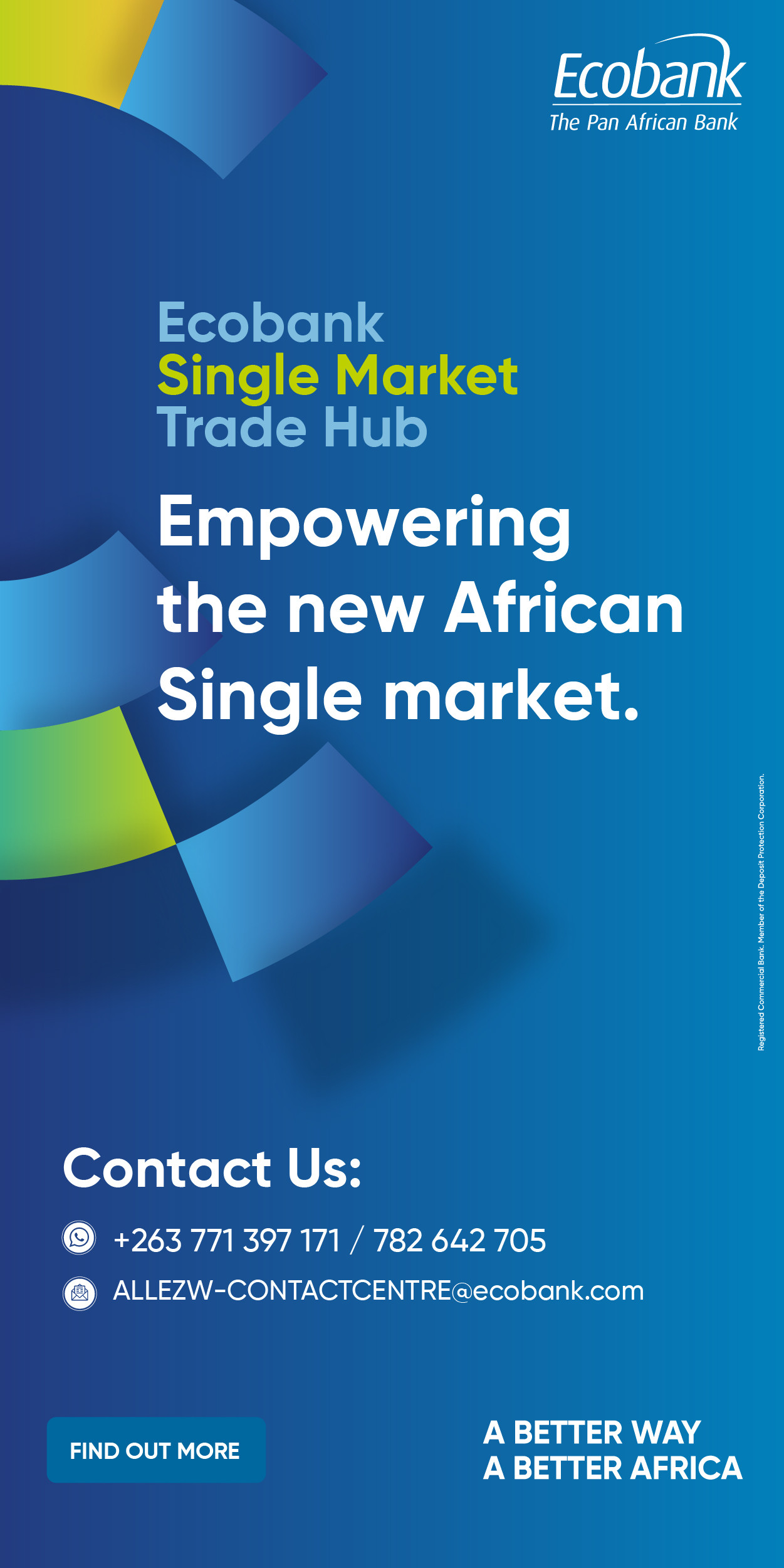Lithium Mining Sector Charges Up Amid Strong Demand and Supply Shakeups
By Aaron Chiraerae, Apr 26, 2023
•Chile tightening control worries investors but Argentina expands.
•Zimbabwe must strategize to benefit from lithium boom.
•Global lithium demand booming but supply needs diversification.
Harare- The global lithium sector is entering an exciting new phase as major producers ramp up output to meet rising demand from the electric vehicle (EV) industry while new entrants disrupt the market and state intervention intensifies in top producer Chile.
Chile, which accounts for 23% of global lithium production, plans to increase state control and oversight of the sector. The Chile government will start talks with SQM, the world’s second largest lithium miner, to develop a new public-private partnership model for the industry. SQM says it may need to invest $2 billion to participate in the new model, signaling tighter restrictions on private lithium operations. The move follows Albemarle’s agreement in January to give Chile’s state miner Codelco a 25% stake in its local lithium operations.
The policy shifts in Chile are troubling private investors but come as booming lithium demand and prices fuel expansion plans in other countries like Argentina. Argentina aims to triple lithium output within two years as new projects from miners like Allkem, Neo Lithium and Arena Minerals start operations. Argentina’s pro-business approach and vast lithium reserves in the “lithium triangle” spanning Chile, Argentina and Bolivia have drawn interest from companies worldwide, mitigating supply risks from Chile.
These developments have implications for Zimbabwe's lithium sector. The government and lithium producers like Bikita Minerals must prepare for price fluctuations and competition from abroad. Zimbabwe would benefit from a strategic policy on lithium that attracts credible investors and partners producers with battery makers and automakers to gain footholds in the EV supply chain. The policy can draw lessons from Chile and Argentina, balancing private sector interests with national priorities.
According to analysts, lithium demand could triple by 2025 and increase six-fold by 2030. Meeting this demand and achieving price stability will require diversified supply from many new projects worldwide, not just in South America’s lithium triangle.
The developments highlight the delicate balance of interests in the lithium market between private investors, producing countries and the auto industry. Overall, the sector's future remains bright, but its trajectory depends on producing countries providing a competitive policy environment, new projects delivering on schedule and buyers and sellers agreeing on sustainable long term price levels. With the stakes this high, the coming years will undoubtedly reshape how this ‘white gold’ critical to the energy transition is produced and traded globally.
Equity Axis News

Top Stories
Zimbabwe Surpasses 40-Tonne Gold Target Early, Earnings Eye Over $4 Bn: But is Treasury Benefiting?
Zimbabwe's gold sector has achieved a notable milestone in 2025, surpassing its annual production target of 40 tonnes with a cumulative year-to-date output of 41.4 tonnes as of November, exceeding pro
Dec 11, 2025



